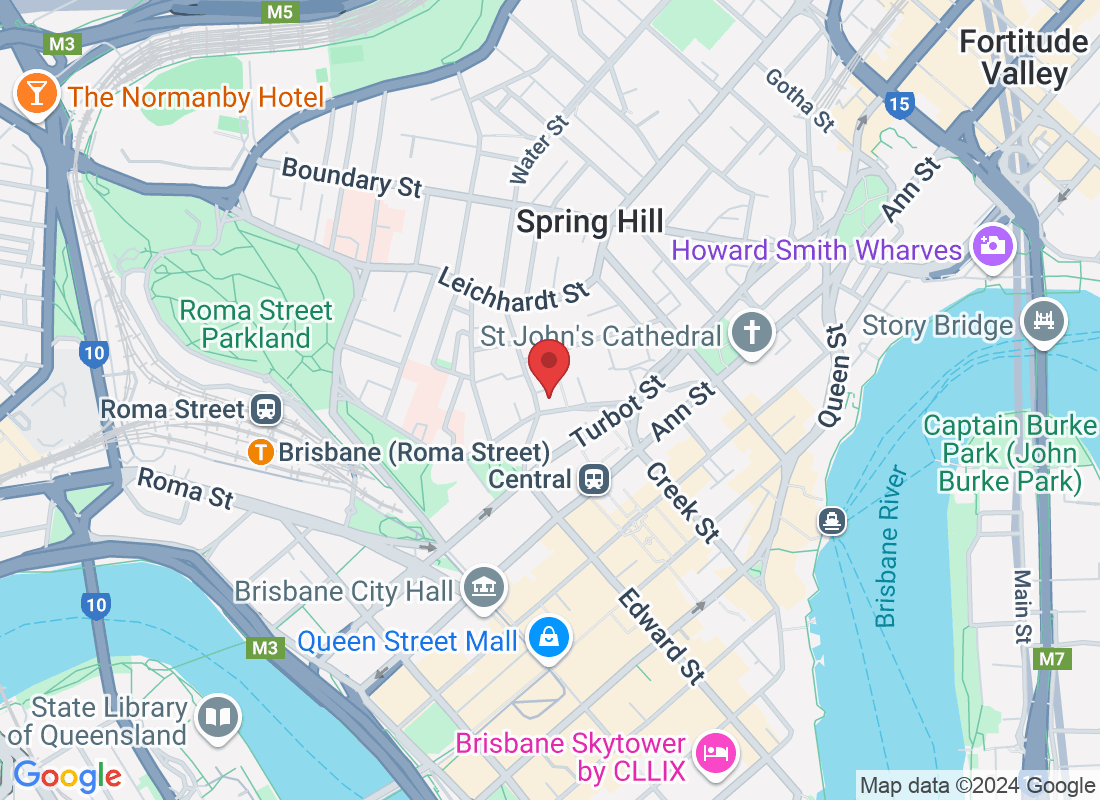
Why Does My Hip Hurt When I Sit for Too Long?
Have you ever stood up after a long day of sitting and thought, “Why does my hip feel so stiff and sore?”
You're not alone. Hip pain when sitting is one of the most common reasons people walk through our clinic doors. Whether it’s at your desk, in the car, or on the couch—too much sitting can leave your hips feeling tight, achy, or downright painful.
Let’s look at why this happens—and more importantly, what you can do about it.
What’s Going On Inside Your Hips?
Your hip is a strong, flexible joint made to support movement. But when you sit for long periods, especially in poor posture, certain muscles around your hip can tighten up or weaken over time.
Here are a few common reasons your hips might hurt after sitting:
1. Tight Hip Flexors
When you sit, your hip flexors (the muscles at the front of your hips) are in a shortened position. Over time, they can get tight and tug on your pelvis and lower back, leading to discomfort or pain.
2. Glute Muscles Switch Off
Your glutes (bum muscles) are meant to help support and move your hips. But when we sit a lot, they get a bit “lazy” and don’t work as well as they should. That can throw off the balance of your hip muscles and lead to pain.
3. Poor Sitting Posture
Slouching or leaning to one side can put uneven pressure on your hips and lower back. That pressure builds up over time and can cause aches and pains to settle in.
4. Conditions Like Bursitis or Arthritis
Sometimes, hip pain when sitting is linked to inflammation in the joint (like bursitis) or age-related wear and tear (like osteoarthritis). In these cases, sitting can make things feel stiff and sore—especially after being still for a while.
What You Can Do to Feel Better
Here’s the good news: in most cases, hip pain from sitting is treatable—and often preventable—with a few simple changes and some help from physiotherapy.
✔️ Take Breaks to Move
Try standing up, stretching, or walking around every 30–60 minutes. Even a minute or two can help reset your posture and reduce stiffness.
✔️ Check Your Sitting Setup
Make sure your chair supports your lower back, your feet are flat on the ground, and your hips are level with (or slightly above) your knees. Adjust your screen height so you’re not slumping forward.
✔️ Stretch and Strengthen Your Hips
Gentle stretches for your hip flexors, glutes, and lower back can make a big difference. Strengthening exercises—especially for your glutes—help keep your hips supported and balanced.
(Not sure where to start? A physio can guide you with a plan that’s safe and tailored to your body.)
✔️ See a Physiotherapist
If the pain is persistent, sharp, or getting in the way of your daily life, don’t ignore it. A physio can assess your movement, figure out what’s causing the problem, and work with you to reduce pain and improve mobility—without needing injections or surgery.
You Don’t Have to Just “Put Up With It”
Hip pain when sitting can sneak up slowly—but it doesn’t have to stay that way. With the right approach, you can ease the discomfort, move more freely, and get back to sitting (and standing) comfortably again.
If you're noticing hip pain after long hours at work or in the car, we're here to help. Book a session with our friendly physio team and take the first step towards happier hips.



